Home>Garden Essentials>How To Plant Cilantro Seeds
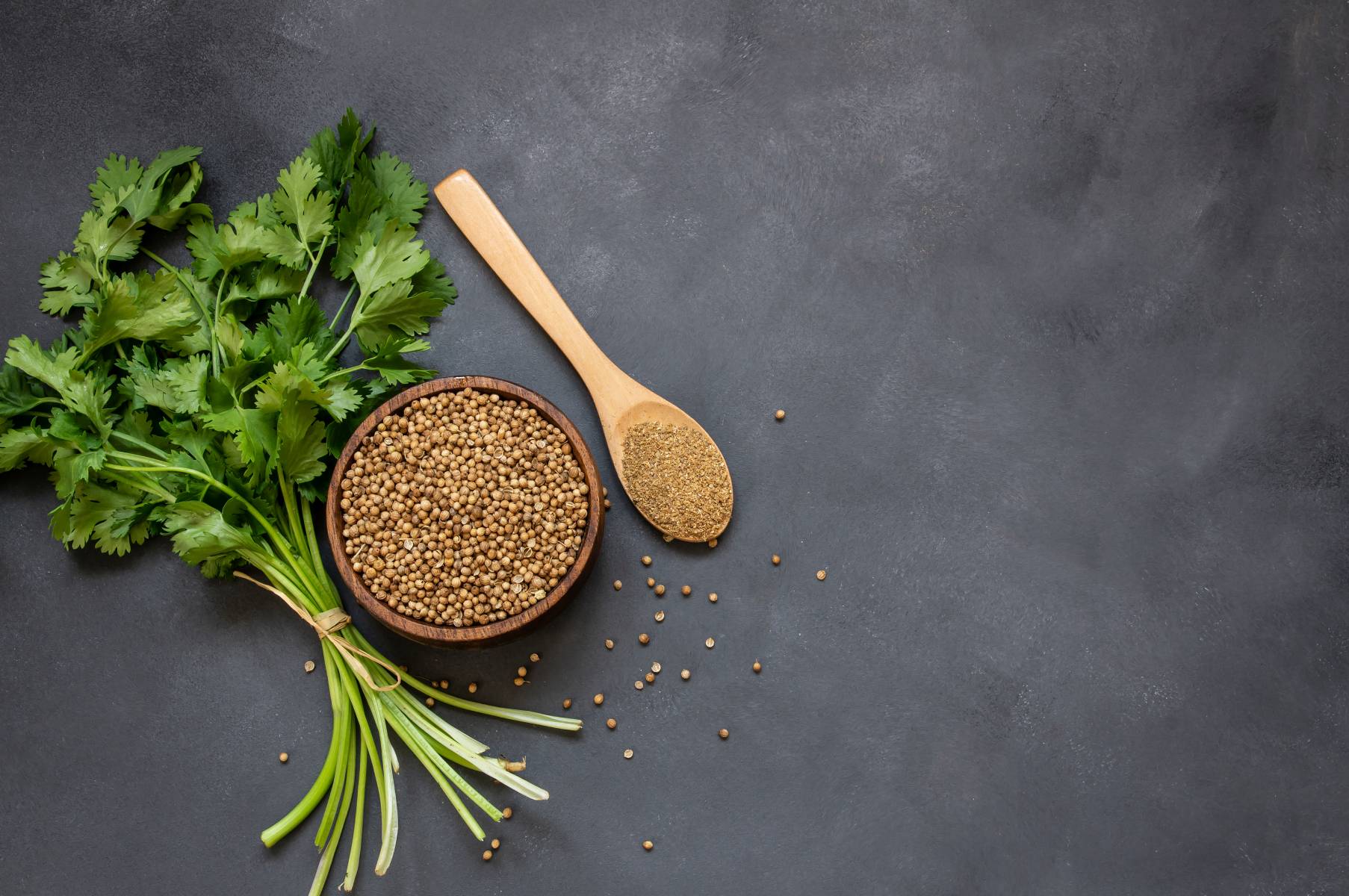

Garden Essentials
How To Plant Cilantro Seeds
Modified: March 24, 2024
Learn how to plant cilantro seeds in your garden and enjoy fresh, aromatic herbs all season long. Discover step-by-step instructions and expert tips for successful cultivation.
(Many of the links in this article redirect to a specific reviewed product. Your purchase of these products through affiliate links helps to generate commission for Storables.com, at no extra cost. Learn more)
Introduction
Welcome to the world of gardening! If you’re looking to add some freshness and flavor to your dishes, planting cilantro seeds is a fantastic choice. Cilantro, also known as coriander, is a versatile herb that adds a unique touch to various cuisines, including Mexican, Indian, and Thai. Not only does it enhance the taste of your favorite dishes, but it also offers numerous health benefits.
Planting cilantro seeds is a rewarding experience that can be enjoyed by gardeners of all skill levels. Whether you’re a seasoned green thumb or just starting out, this article will guide you through the process of successfully growing cilantro from seeds.
Before jumping into the steps of planting cilantro seeds, it’s important to note that cilantro is a cool-season herb that does best in mild temperatures. It thrives in cooler spring and fall weather, rather than the intense heat of summer. However, with a little care and attention, you can still grow cilantro in hotter climates by providing shade and regular watering.
So, let’s dive into the wonderful world of cilantro gardening and learn how to plant cilantro seeds to enjoy this aromatic herb straight from your own garden!
Key Takeaways:
- Planting cilantro seeds requires choosing the right seeds, preparing the planting area, and following proper watering and fertilizing practices for a bountiful harvest.
- Harvesting and storing cilantro involves selective harvesting, proper storage techniques, and creative culinary uses to enjoy its fresh and vibrant flavors.
Read more: How To Harvest Cilantro Seeds
Choosing the Right Seeds
When it comes to planting cilantro seeds, selecting the right seeds is the first step towards a successful harvest. Here are a few key points to consider when choosing your cilantro seeds:
- Quality: Look for high-quality seeds from reputable suppliers. Ensure that the seeds are fresh, as older seeds may have a lower germination rate.
- Variety: Cilantro comes in different varieties, each with its own unique characteristics. Choose a variety that suits your preference and culinary needs. Common varieties include Santo, Slow Bolt, and Calypso.
- Organic vs. Non-organic: Consider whether you prefer organic or non-organic seeds. Organic seeds are grown without the use of synthetic pesticides and fertilizers, making them a healthier choice for both you and the environment.
- Hybrid vs. Heirloom: Hybrid seeds are a crossbreed of two different cilantro plants, designed to possess specific traits such as disease resistance. Heirloom seeds, on the other hand, are open-pollinated and have been passed down for generations. Choose the type that aligns with your gardening goals.
- Seed Packet Information: Read the information provided on the seed packet. It typically includes details on the ideal growing conditions, germination time, and expected harvest period. This will give you a better understanding of what to expect from the specific seeds you choose.
Once you have chosen the right cilantro seeds, you’re ready to move on to the next step: preparing the planting area.
Preparing the Planting Area
Preparing the planting area is a crucial step in ensuring the successful growth of your cilantro seeds. Here are some important considerations when preparing the planting area:
- Sunlight: Cilantro thrives in full sun to partial shade. Choose a location that receives at least 6 hours of sunlight each day. If you live in a hotter climate, providing some afternoon shade can help prevent the cilantro plants from bolting or going to seed too quickly.
- Soil: Cilantro prefers well-draining soil that is rich in organic matter. Before planting, remove any weeds or debris from the area and work the soil to a depth of about 6 inches. Incorporate compost or aged manure to improve soil fertility and drainage.
- pH Level: Cilantro thrives in slightly acidic to neutral soil with a pH range of 6.2 to 6.8. You can test the soil’s pH level using a soil testing kit available at garden centers. If the pH level is too low or too high, you can adjust it by adding soil amendments such as lime or sulfur.
- Spacing: Proper spacing is important for healthy cilantro plants. Space the seeds or seedlings about 6 to 8 inches apart to allow for adequate air circulation and growth.
- Container Planting: If you’re short on space or prefer container gardening, cilantro can be grown successfully in pots or containers. Ensure that the containers have drainage holes, and use a well-draining potting mix. Select a container that is at least 8 inches deep to allow the cilantro’s roots to establish properly.
Once you’ve prepared the planting area, it’s time to move on to the exciting part: planting the cilantro seeds!
Planting Cilantro Seeds
Now that you have chosen the right seeds and prepared the planting area, it’s time to start planting cilantro seeds. Follow these steps to ensure a successful planting process:
- Sowing Time: Cilantro can be sown directly in the garden or started indoors and transplanted. The best time to sow cilantro seeds is in early spring, after the danger of frost has passed. If you live in a region with mild winters, you can also sow seeds in the fall for a late-season harvest.
- Direct Sowing: If you choose to sow seeds directly in the garden, create small trenches about ¼ inch deep. Space the trenches 12 to 18 inches apart to allow the cilantro plants to spread. Distribute the seeds evenly in the trenches, and cover them with a thin layer of soil. Gently pat down the soil to ensure good seed-to-soil contact.
- Indoor Starting: If you prefer to start cilantro indoors, sow the seeds in seed trays or small pots about 4 to 6 weeks before the last frost date. Fill the containers with a seed starting mix, and sow the seeds on the surface. Lightly press the seeds into the soil, but do not cover them, as cilantro seeds need light to germinate. Mist the soil with water to keep it evenly moist.
- Germination: Cilantro seeds typically germinate within 7 to 10 days. Keep the soil consistently moist during this time. Once the seedlings have emerged, ensure they receive ample sunlight or provide grow lights if necessary.
- Thinning: When the cilantro seedlings are about 2 to 3 inches tall, thin them out to a spacing of about 6 to 8 inches apart. This allows the remaining seedlings enough space to grow and develop into healthy plants.
- Successive Planting: To enjoy a continuous harvest of cilantro throughout the season, stagger your plantings. Sow a new batch of seeds every 2 to 3 weeks, ensuring a steady supply of fresh cilantro leaves.
Congratulations! You have successfully planted cilantro seeds. Now, let’s move on to the next steps of watering and fertilizing your cilantro plants to ensure their healthy growth.
Plant cilantro seeds in well-draining soil, about 1/4 inch deep and 6 inches apart. Water regularly and place in a sunny spot. Harvest leaves when they are about 6 inches tall for best flavor.
Watering and Fertilizing
Proper watering and fertilizing play a crucial role in the growth and development of cilantro plants. Here are some guidelines to ensure your cilantro plants receive adequate moisture and nutrients:
- Watering: Cilantro plants prefer consistently moist soil, but they do not tolerate soggy conditions. Avoid overwatering, as it can lead to root rot. Water the plants deeply whenever the top inch of soil feels dry. It’s best to water in the morning to allow the foliage to dry out during the day, reducing the risk of disease.
- Drought Care: If you live in an area with hot and dry summers, cilantro plants may struggle and bolt quickly. To help combat drought stress, provide some shade during the hottest part of the day and mulch around the plants to retain moisture in the soil.
- Fertilizing: Cilantro is a relatively low-maintenance herb and does not require heavy fertilization. However, incorporating organic matter, such as compost or well-rotted manure, into the soil before planting can provide a nutrient-rich foundation. If needed, you can supplement with a balanced organic fertilizer once or twice during the growing season.
- Foliar Feeding: Cilantro plants can benefit from occasional foliar feeding. Dilute a water-soluble organic fertilizer and spray it directly on the foliage, making sure to cover both sides of the leaves. This can provide a quick nutrient boost and promote healthy growth.
- Companion Planting: Pairing cilantro with companion plants, such as dill, can help improve nutrient uptake and pest resistance. The two herbs complement each other both in the garden and in the kitchen.
By following these watering and fertilizing practices, you’ll ensure that your cilantro plants receive the necessary moisture and nutrients for healthy growth. Next, let’s explore how to manage pests and diseases to protect your precious cilantro crop.
Read more: How Long Cilantro Germinate
Managing Pests and Diseases
Like any other plant, cilantro is susceptible to certain pests and diseases. However, with proper care and vigilance, you can effectively manage them and keep your cilantro plants healthy. Here are some common pests and diseases that may affect cilantro, along with preventive measures and treatment options:
Pests:
- Aphids: These small, soft-bodied insects can cluster on the leaves and suck plant sap. To control aphids, you can spray the affected plants with a strong stream of water or use insecticidal soap or neem oil-based sprays.
- Cabbage loopers: These green caterpillars can chew on cilantro leaves. Handpicking and destroying them is an effective organic control method. You can also attract natural predators like ladybugs and lacewings to your garden.
- Slugs and snails: These slimy creatures can feed on young cilantro seedlings. Place slug traps or use organic slug pellets around the plants to deter them.
- Spider mites: Spider mites are tiny pests that suck sap from plants, causing yellowing and webbing. Regularly misting your cilantro plants can help keep spider mites at bay. If an infestation occurs, use insecticidal soap or neem oil-based sprays.
Diseases:
- Powdery mildew: Powdery mildew appears as a white, powdery coating on the leaves. Ensure good air circulation around the plants by spacing them properly and removing any affected leaves. Fungicidal sprays approved for edibles can also be used as a last resort.
- Downy mildew: Downy mildew causes yellow spots on the leaves, eventually turning them brown. To prevent downy mildew, avoid overhead watering and provide adequate spacing between plants for good airflow.
- Leaf spot: Leaf spot manifests as dark, water-soaked spots on the leaves. Remove affected leaves and avoid overhead watering to prevent the spread of the disease.
- Root rot: Overwatering can lead to root rot, caused by fungal pathogens. Ensure proper drainage and allow the soil to dry out a bit between watering to prevent this problem.
Regular monitoring of your cilantro plants, practicing good hygiene, and maintaining a healthy growing environment can help prevent pest and disease issues. By promptly addressing any problems that arise, you’ll increase your chances of a thriving cilantro harvest.
Now that you’re equipped with the knowledge to manage pests and diseases, let’s move on to the exciting part: harvesting your cilantro!
Harvesting Cilantro
The time has come to reap the rewards of your hard work and harvest the fresh and flavorful cilantro leaves. Here are some tips for harvesting cilantro:
- Timing: Cilantro leaves are at their best when harvested before the plants bolt and go to seed. Harvesting is typically done in stages, starting when the plants are around 6 to 8 inches tall.
- Selective Harvesting: When harvesting, choose individual leaves or small leafy stems rather than cutting off the entire plant. This allows the remaining foliage to continue growing. Harvesting selectively will extend the harvest period.
- Trimming: To harvest, simply use clean and sharp scissors or pruning shears to snip the leaves or stems from the plant. Avoid tearing or ripping the foliage, as it can damage the plant.
- Harvest Frequency: It’s best to harvest cilantro leaves regularly to encourage new growth and prevent the plants from going to seed prematurely. Aim to harvest every few days or as needed, depending on your culinary requirements.
- Post-harvest Care: After harvesting, gently wash the cilantro leaves to remove any dirt or debris. Shake off excess water and pat them dry with a clean towel or paper towels. Store them in airtight containers or plastic bags in the refrigerator to maintain freshness. Alternatively, you can place the stems in a glass of water and cover the leaves with a plastic bag to preserve their crispness.
Cilantro leaves are highly flavorful and can enhance the taste of various dishes. From salsa and guacamole to curries and stir-fries, the possibilities are endless. Enjoy the bountiful harvest of your freshly picked cilantro!
Now that you know how to harvest cilantro, let’s explore the best ways to store and use it.
Storing and Using Cilantro
Once you have harvested your cilantro, it’s important to store it properly to maintain its freshness and flavor. Here are some tips for storing and using cilantro:
- Storage: Cilantro leaves can be stored in the refrigerator for up to a week. Before storing, remove any wilted or yellowed leaves and trim the stems. Place the cilantro in a jar or glass of water, similar to a bouquet of flowers, and cover the leaves loosely with a plastic bag. Change the water every couple of days to keep it fresh.
- Freezing: If you have an abundance of cilantro and want to preserve it for longer, freezing is a great option. Wash the cilantro leaves thoroughly, pat them dry, and chop them finely. Place the chopped cilantro in an ice cube tray, fill each compartment with water or oil, and freeze. Once frozen, transfer the cilantro cubes to a freezer-safe bag or container. These frozen cubes can be easily added to soups, stews, and other cooked dishes.
- Culinary Uses: Cilantro is a versatile herb with a distinct flavor that works well in various cuisines. The leaves can be used fresh or dried. Fresh cilantro leaves are commonly used as a garnish for dishes like tacos, salads, and soups. They can also be blended into salsas, chutneys, and salad dressings for an added burst of flavor. Dried cilantro leaves can be used in spice blends, marinades, or rubbed onto meat and vegetables before grilling or roasting.
- Flavor Combinations: Cilantro pairs well with many ingredients, enhancing the overall taste of dishes. It complements lime and citrus flavors beautifully, making it a popular addition to Mexican and Thai dishes. Cilantro also works well with flavors such as cumin, coriander, garlic, ginger, and coconut milk.
- Experiment and Enjoy: Don’t be afraid to get creative and experiment with cilantro in your cooking. Its unique flavor profile can add a refreshing and zesty twist to both savory and sweet dishes. Whether you’re incorporating it in sauces, dips, or even desserts, cilantro is sure to bring a delightful element to your culinary creations.
Now that you know how to store and use cilantro, enjoy the fresh and vibrant flavors it brings to your meals. Happy cooking and savoring the essence of this wonderful herb!
With these tips and techniques, you are well-equipped to embark on your cilantro gardening journey. Remember to have fun, experiment, and adapt the process to suit your specific needs and gardening conditions. Happy planting and enjoy the bountiful harvest of your homegrown cilantro!
Frequently Asked Questions about How To Plant Cilantro Seeds
Was this page helpful?
At Storables.com, we guarantee accurate and reliable information. Our content, validated by Expert Board Contributors, is crafted following stringent Editorial Policies. We're committed to providing you with well-researched, expert-backed insights for all your informational needs.
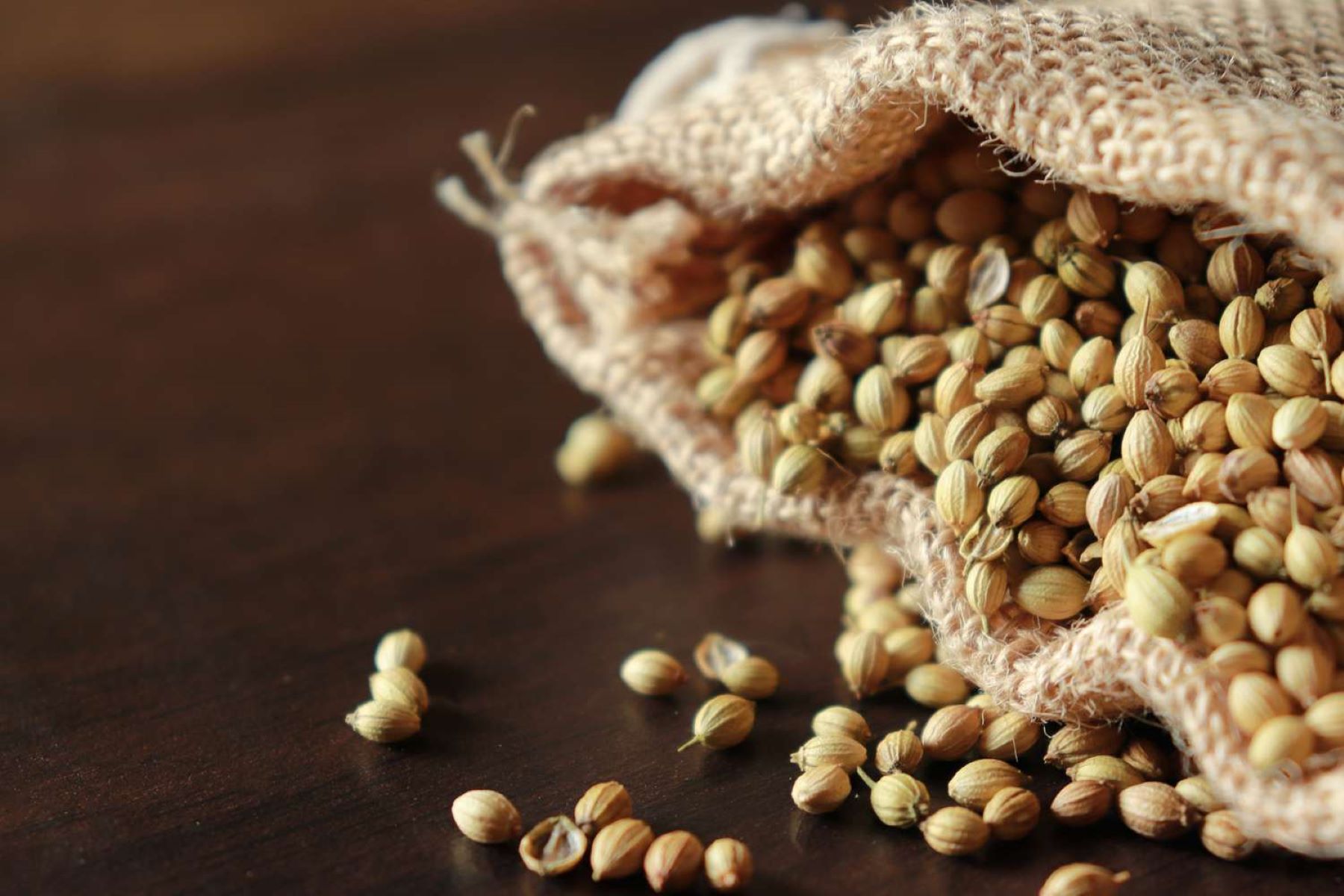
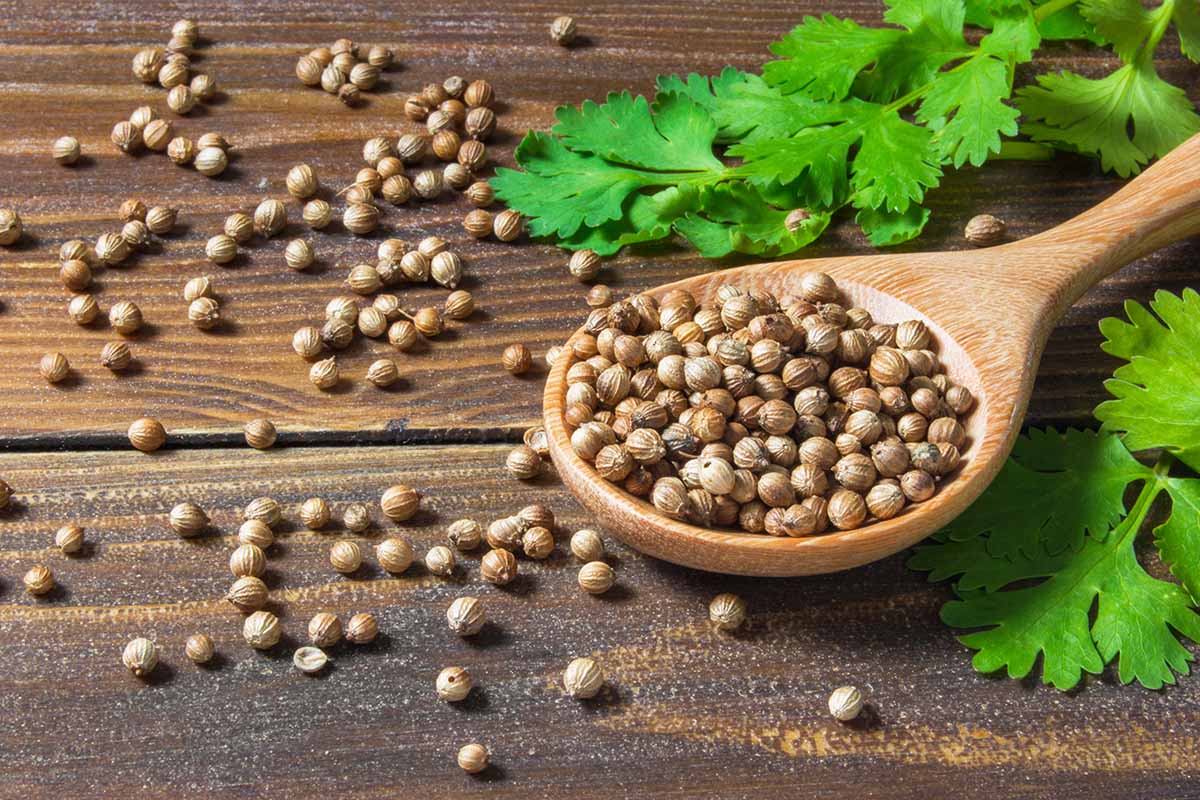
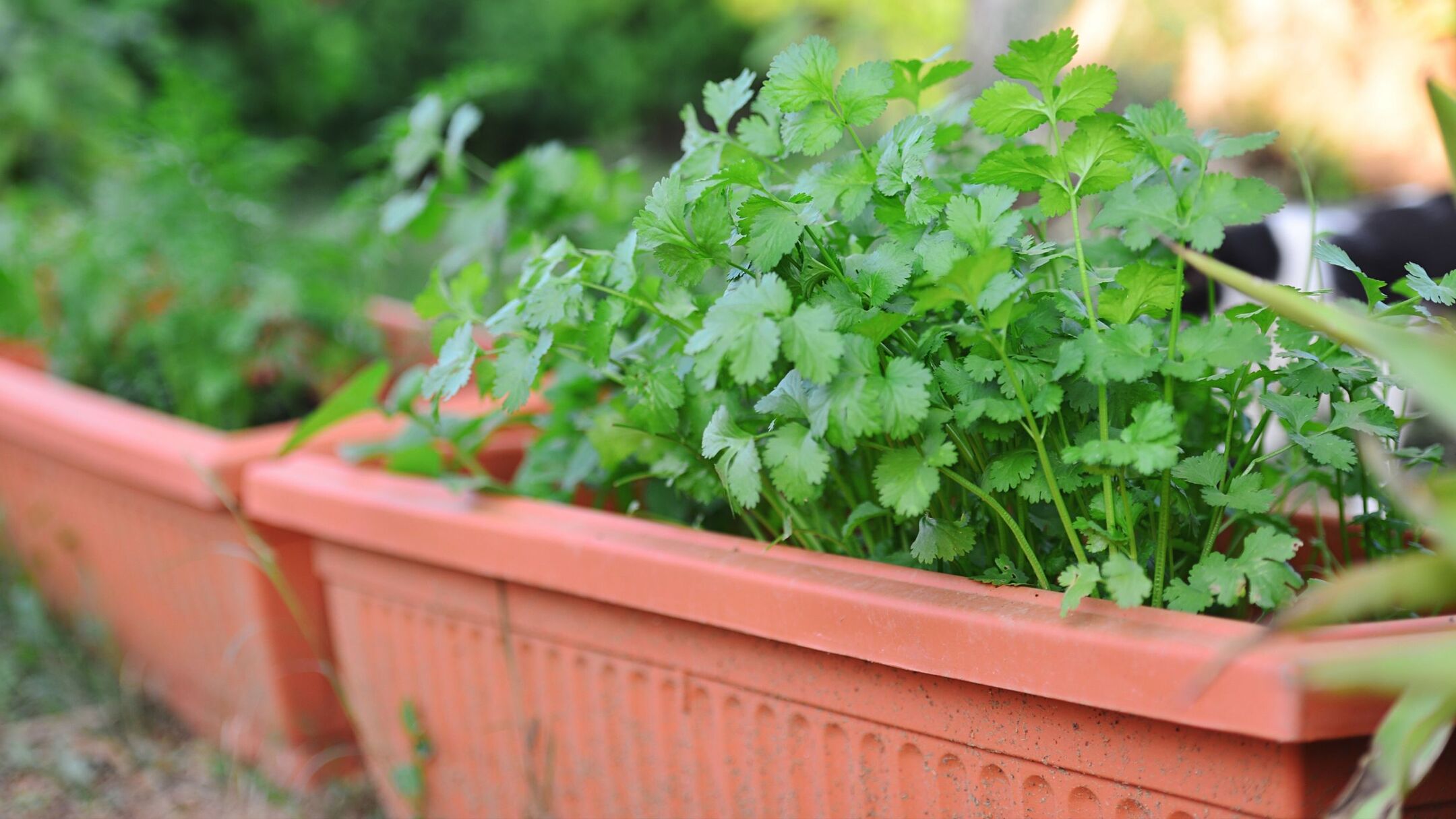
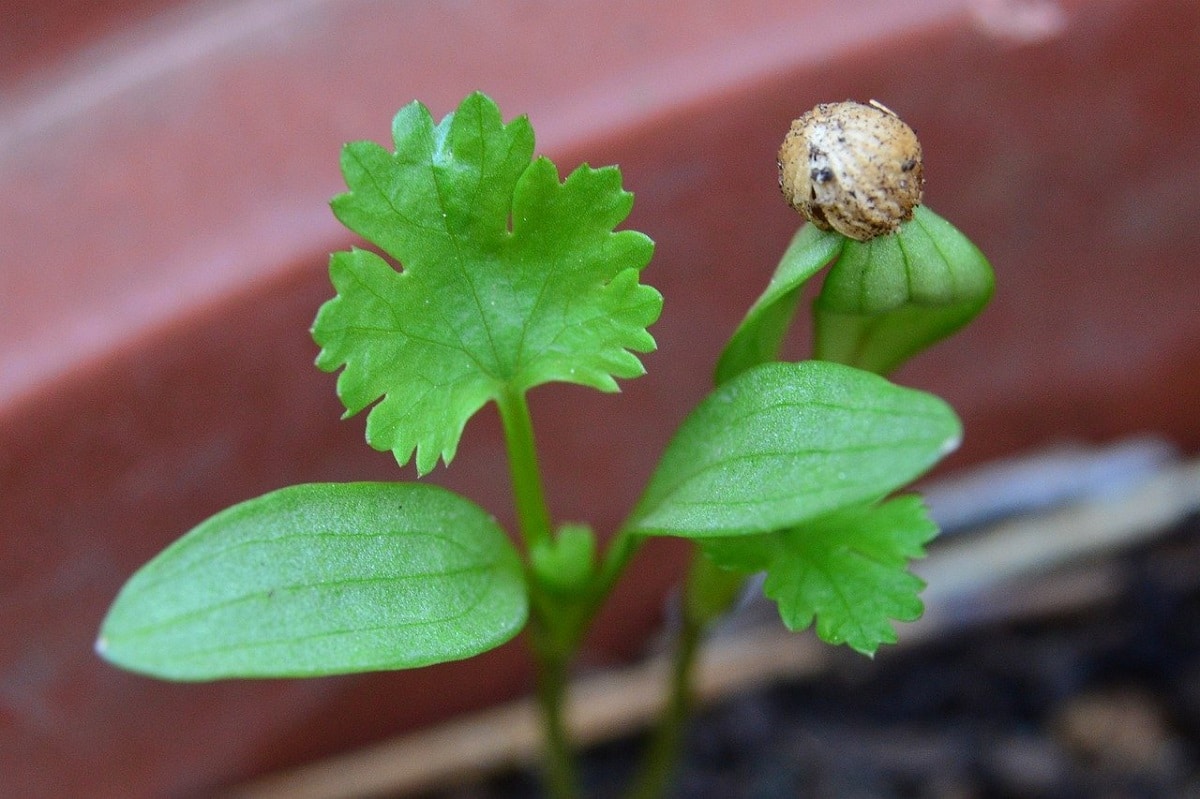
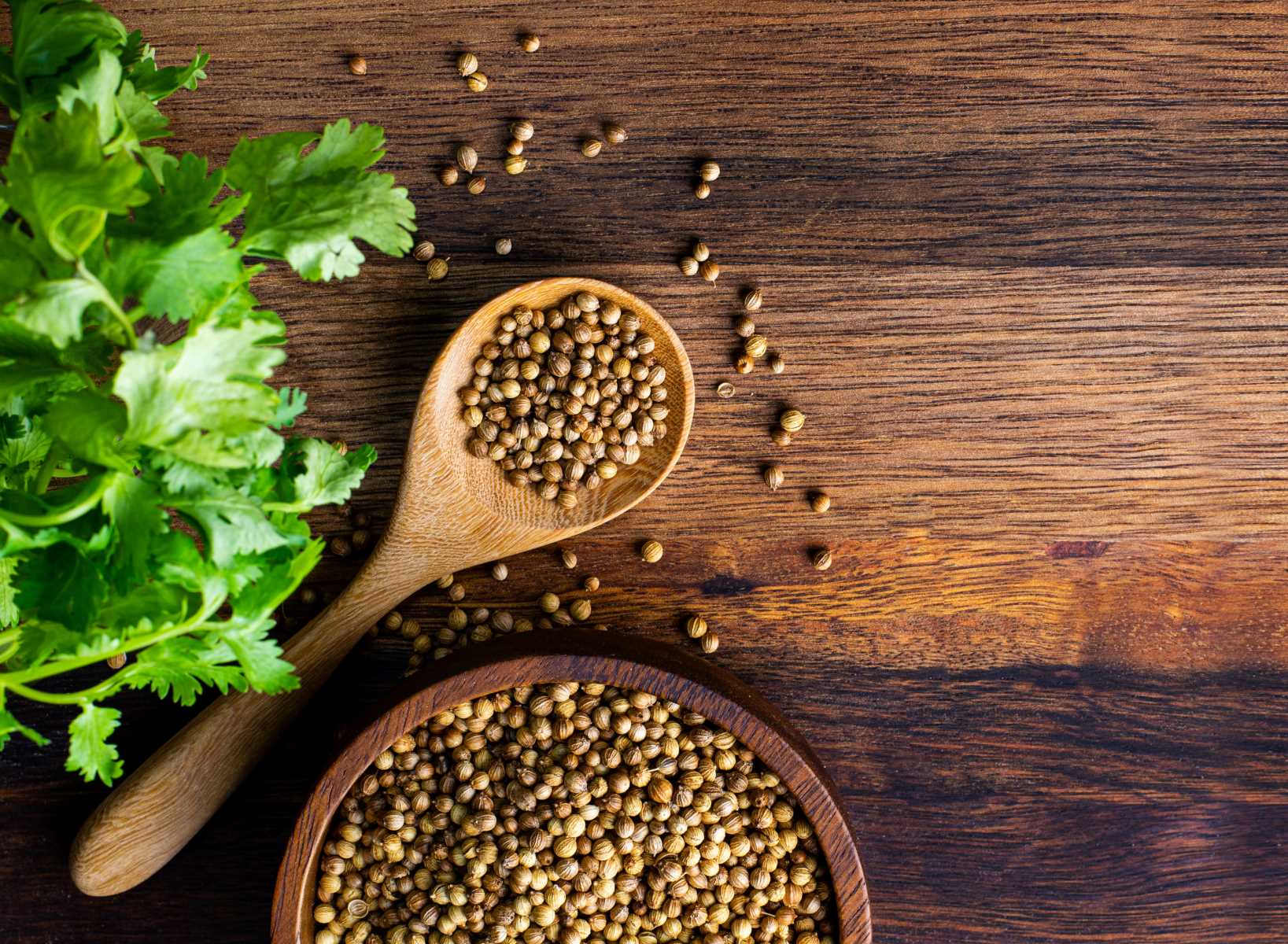


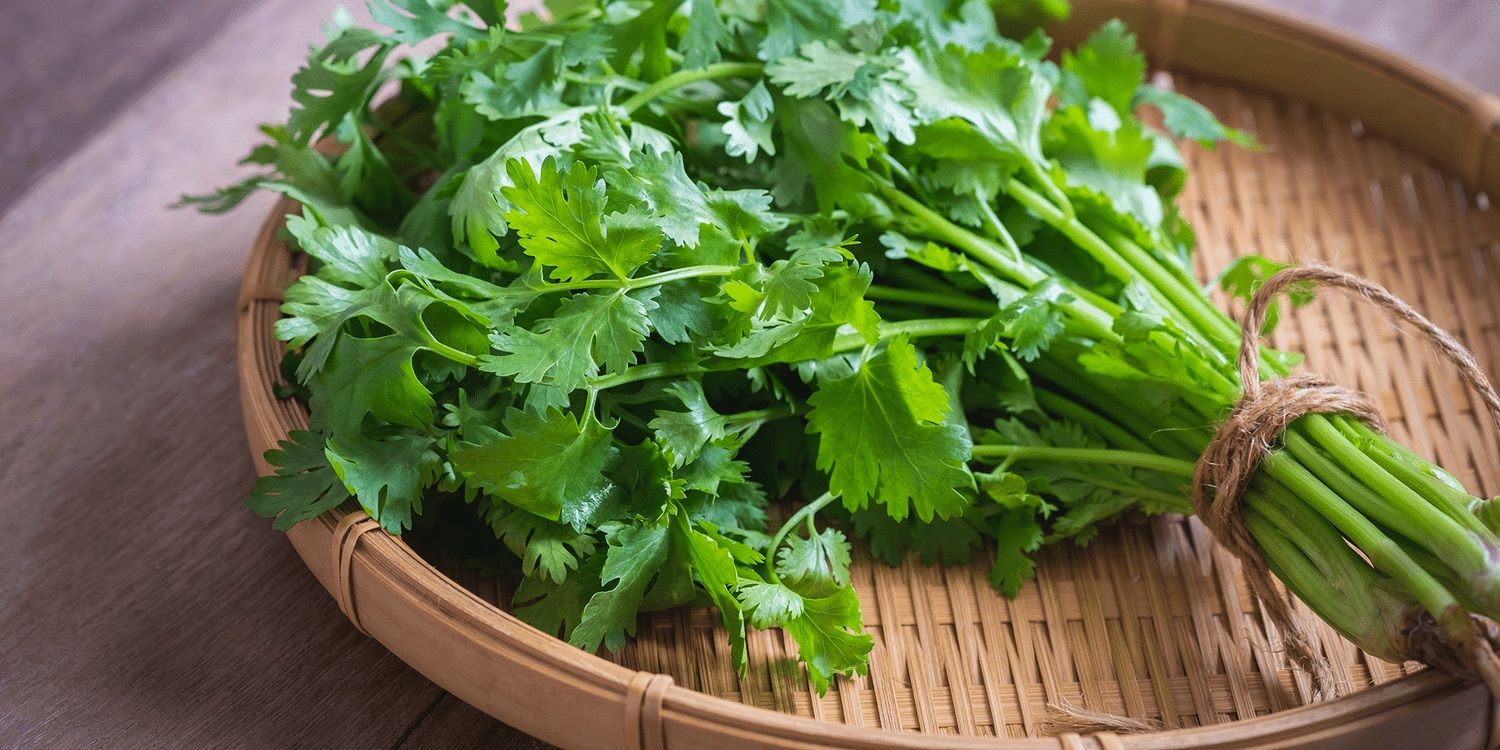
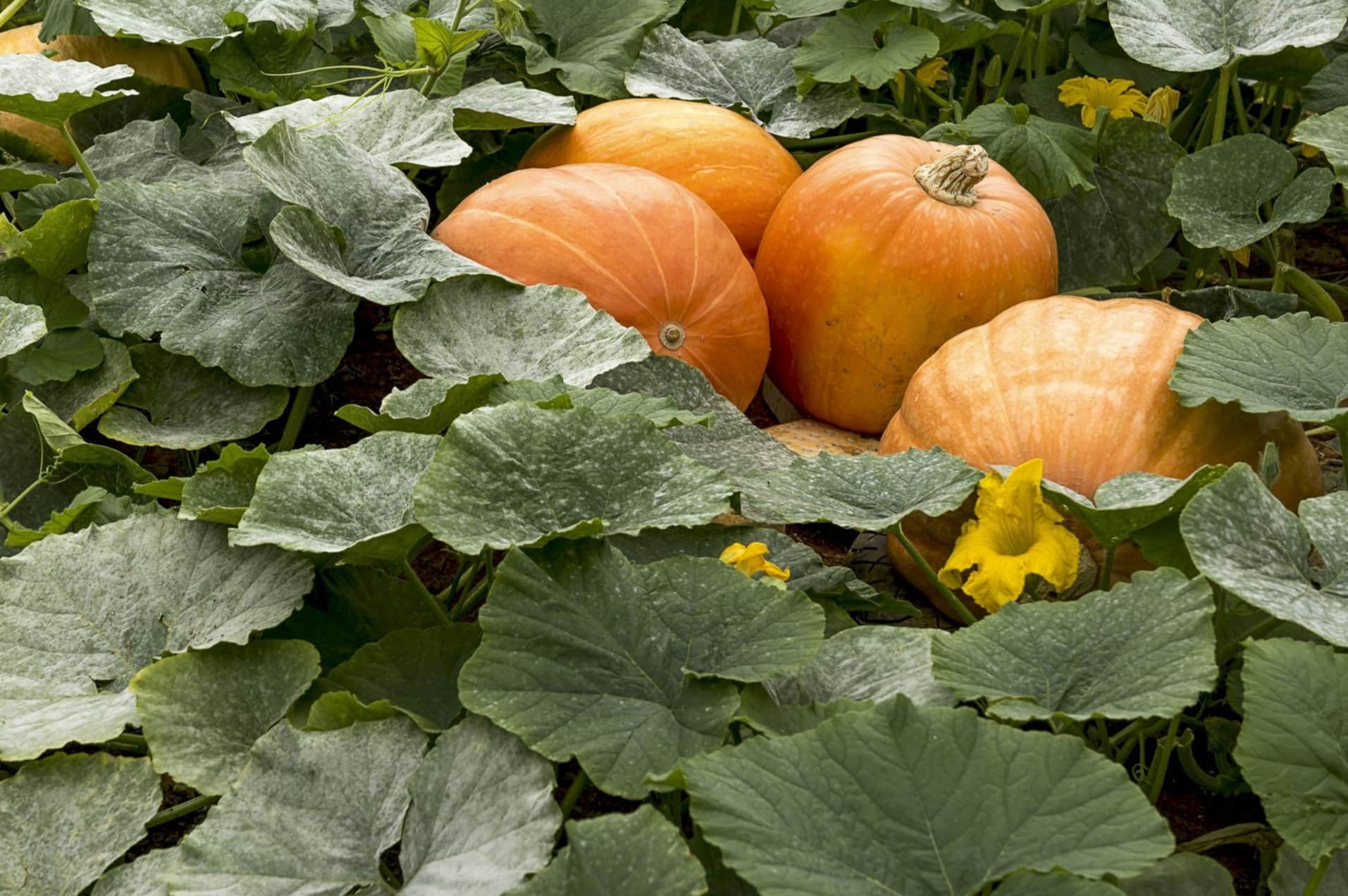
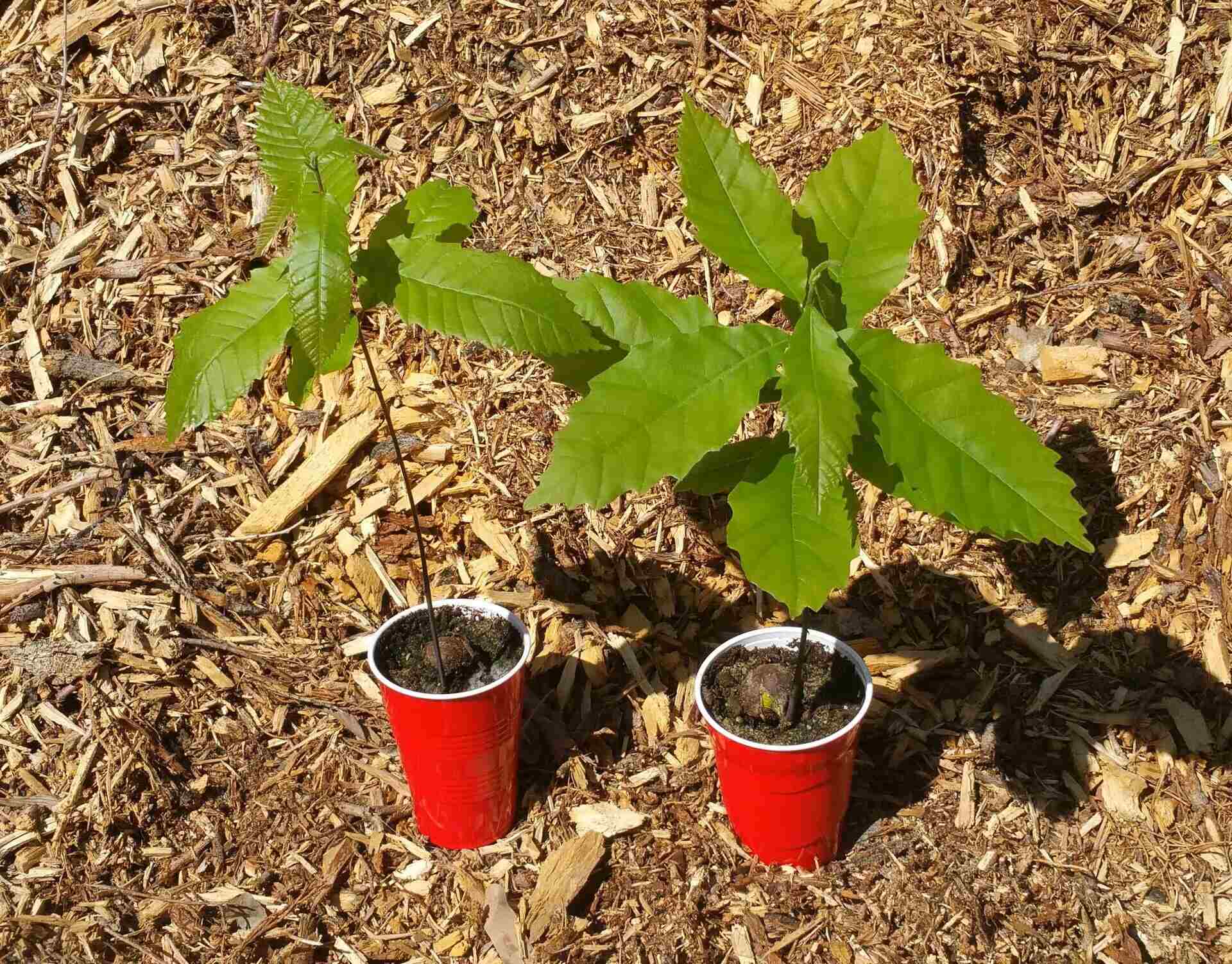
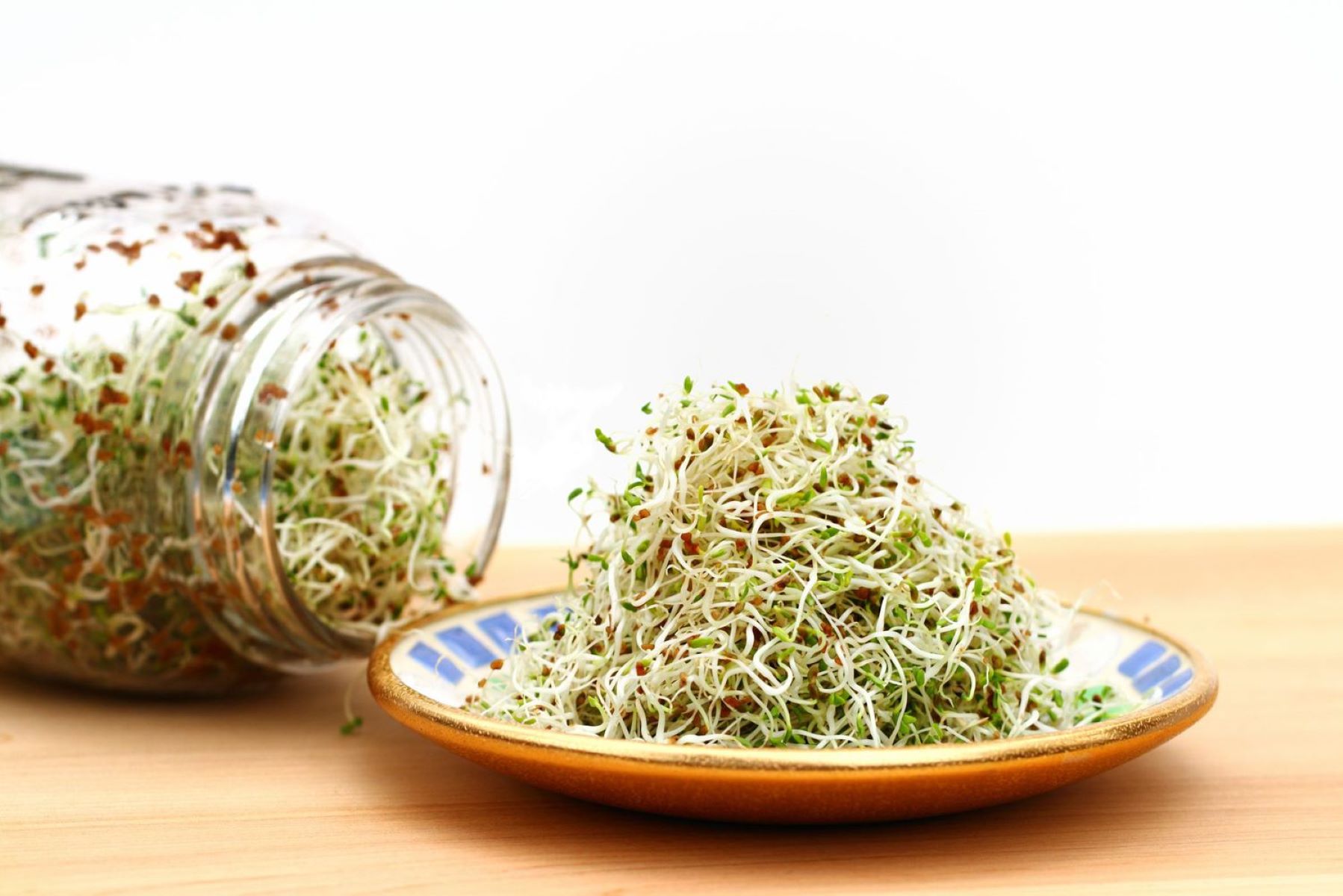
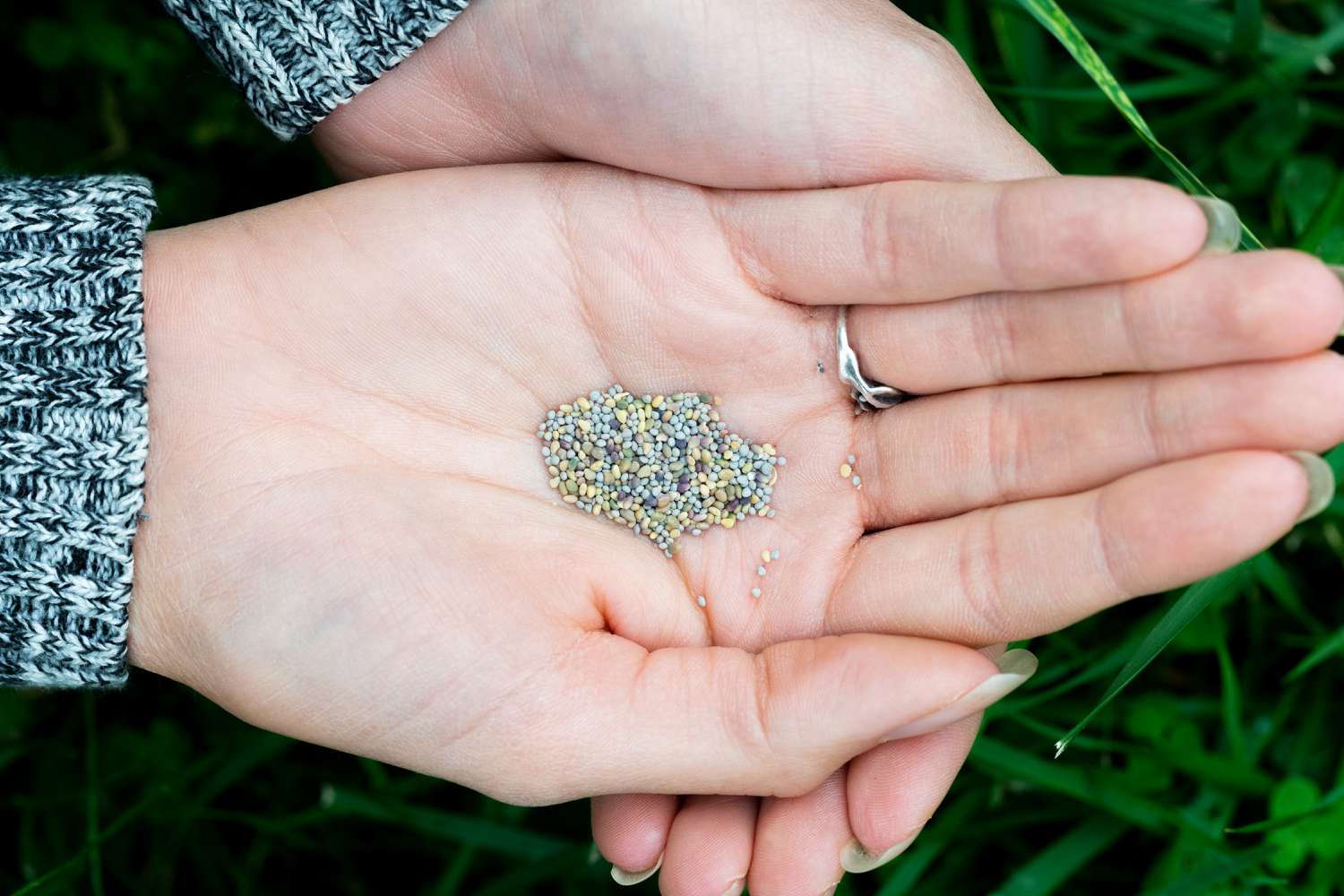
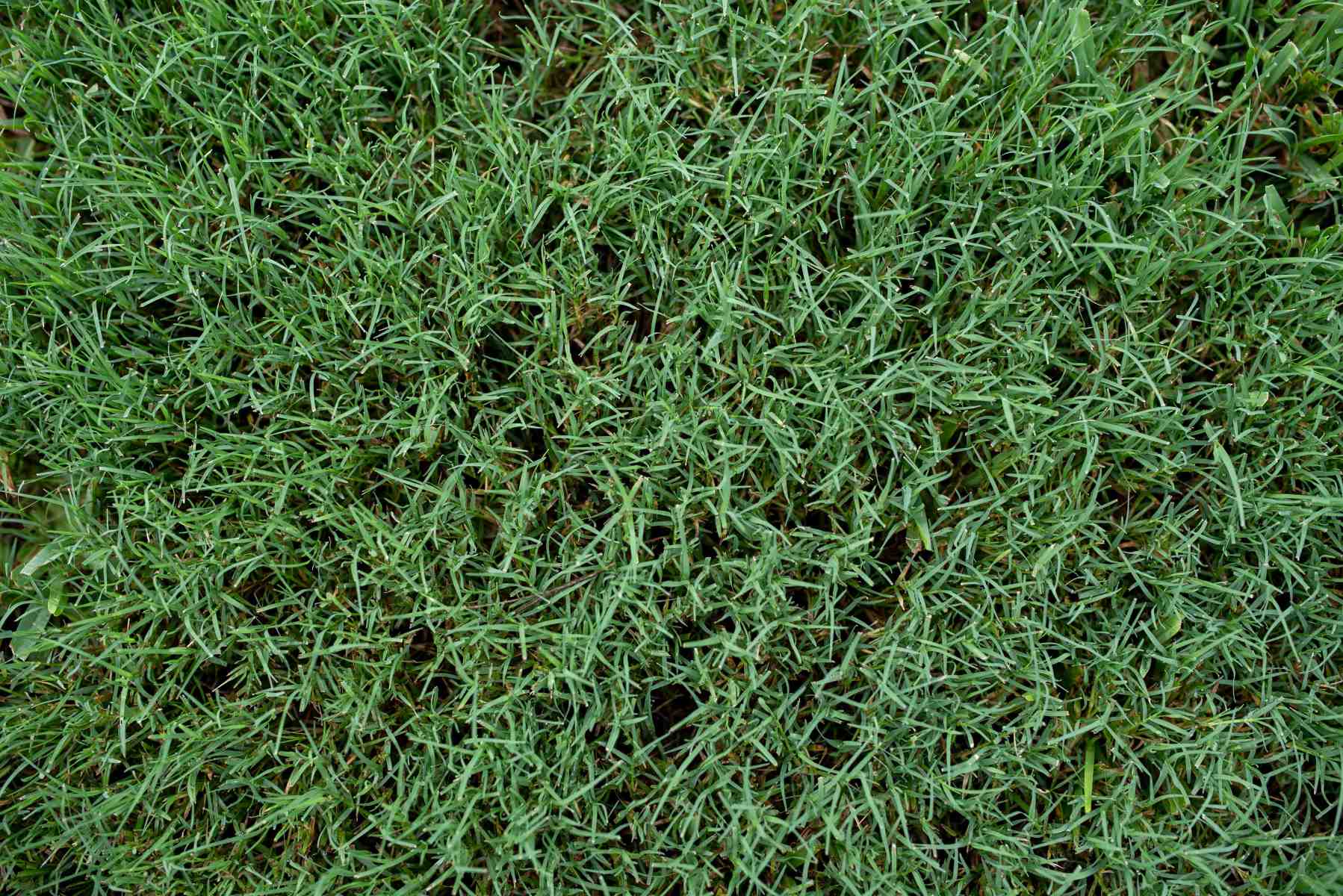
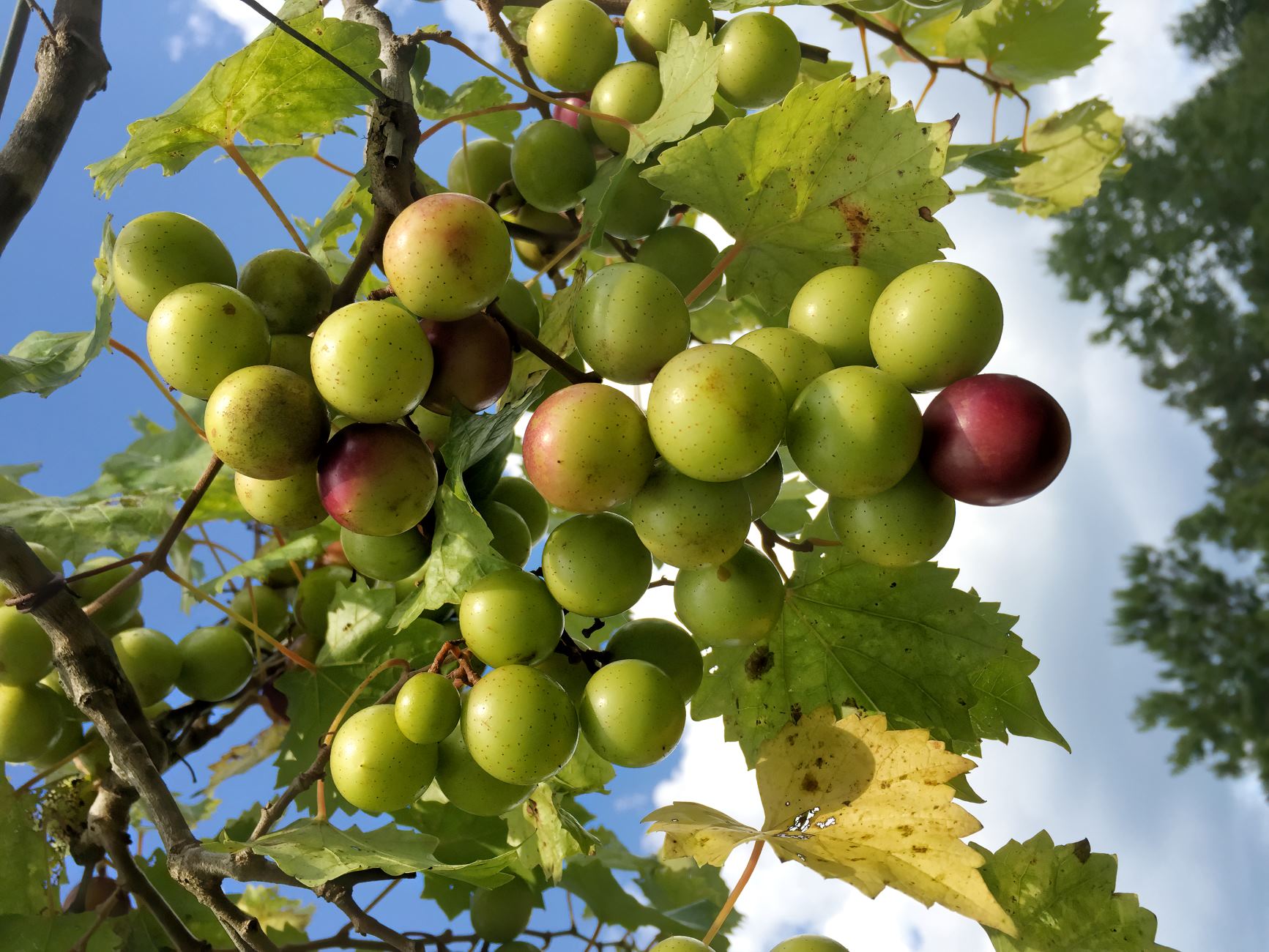

0 thoughts on “How To Plant Cilantro Seeds”